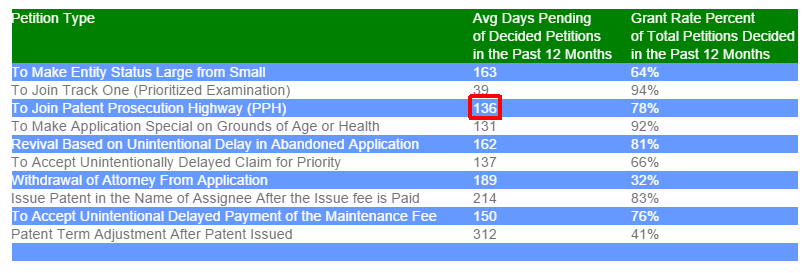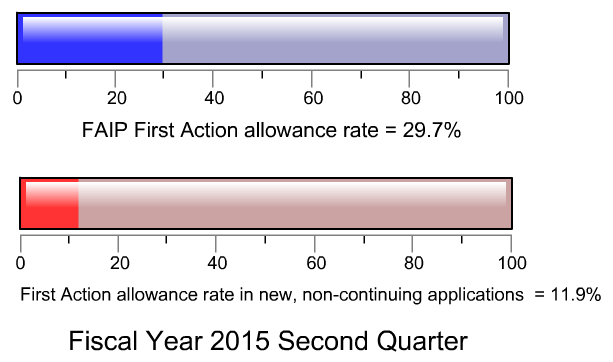Well today every USPTO e-commerce system has crashed. Users are unable to reach EFS-Web (patent filing) or PAIR or patent assignments on the web. EPAS is broken. The system for paying maintenance fees is broken.
Oh and EFS-Web Contingency, the “backup” patent e-filing system that is “guaranteed” to be working even if the main EFS-Web system is broken, is broken.
On the trademark side, TEAS and TESS are both broken. TSDR is down. TTABVue is down.
Oddly the main USPTO web site is not broken. But then the main USPTO web site does not actually do anything for USPTO customers. To actually get anything done one must migrate away from the main USPTO web site to one of the other e-commerce sites.
It is clear that even now there is some Single Point of Failure that is able to knock out both the main EFS-Web server and the backup EFS-Web server. An alert twelve-year old, hearing about such a problem, would have no trouble figuring out that the correct protective step would be to move one of the two servers to some geographically diverse location. No single errant backhoe would rip up both fiber optical cable feeds at the two locations. No power line downed because of ice would shut down both locations.
Which brings me to the Big Problem. The Big Problem, as I have blogged about again and again, is that USPTO continues to fail to place its backup patent e-filing system in a geographically diverse location such as one of the other Patent Offices.
Oh and of course USPTO’s answer would be “you can always use 37 CFR 1.10” meaning “you can go to the Post Office”. Except then you would get a slap in the face, as our firm did, with a notice of having to pay a $400 penalty for failing to e-file.


